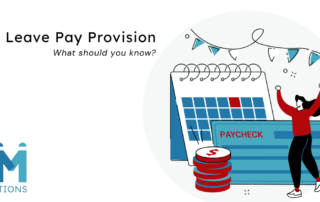Asset-Based Income for NPOs
Many NPOs advocate asset-based community development for the communities in which they work, but sometimes don’t realise that they themselves can use their own assets to create income streams for the organisation.
We asked EM Solutions director Michelle Davidson to suggest some practical income-generating ideas for NPOs who are struggling in this difficult South African climate. This is her response.
Take a look at what you have: buildings, vehicles, desks, equipment, property, rentals. Can you sublet extra space? What about setting up desks to create a co-working space with another NPO? Are your vehicles sitting unused on weekends? If so, why not rent them out to a tour company? Can you offer printing services to the community at a realistic cost per page? Can you rent out pots or a venue for a function?
Think about charging yourself for use of assets like vehicles, printers, and phone calls. Assign a mileage charge for vehicle usage based on logbooks. Remember to set a rate that actually covers the costs and includes a little profit. Put this income into a savings fund for vehicle/asset replacement.
For bigger assets like property, charge your NPO rent (which is often covered by donors when property costs are not covered). Keep the admin for handling rentals to other tenants separate. Make sure that all profit from this rental business is donated to the S18A organisation, which will reduce the tax you pay on property.
Can you set up a business arm for your NPO? Do you have something to sell that your beneficiaries produce? This little business may need some up-front investment to get it going, but the good news is that there are no tax implications if the business is integral to the objective in your founding document. If the business is not integral to the objective, there may be partial tax considerations, but it is still worth pursuing as a source of income.
Do make sure that you have someone on board with a business background who can make the business profitable for you.
With some great suggestions to think about, do get in touch with EM Solutions if you’d like to have a sounding board for your ideas and strategy. We’re passionate about unlocking NPO potential.











